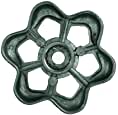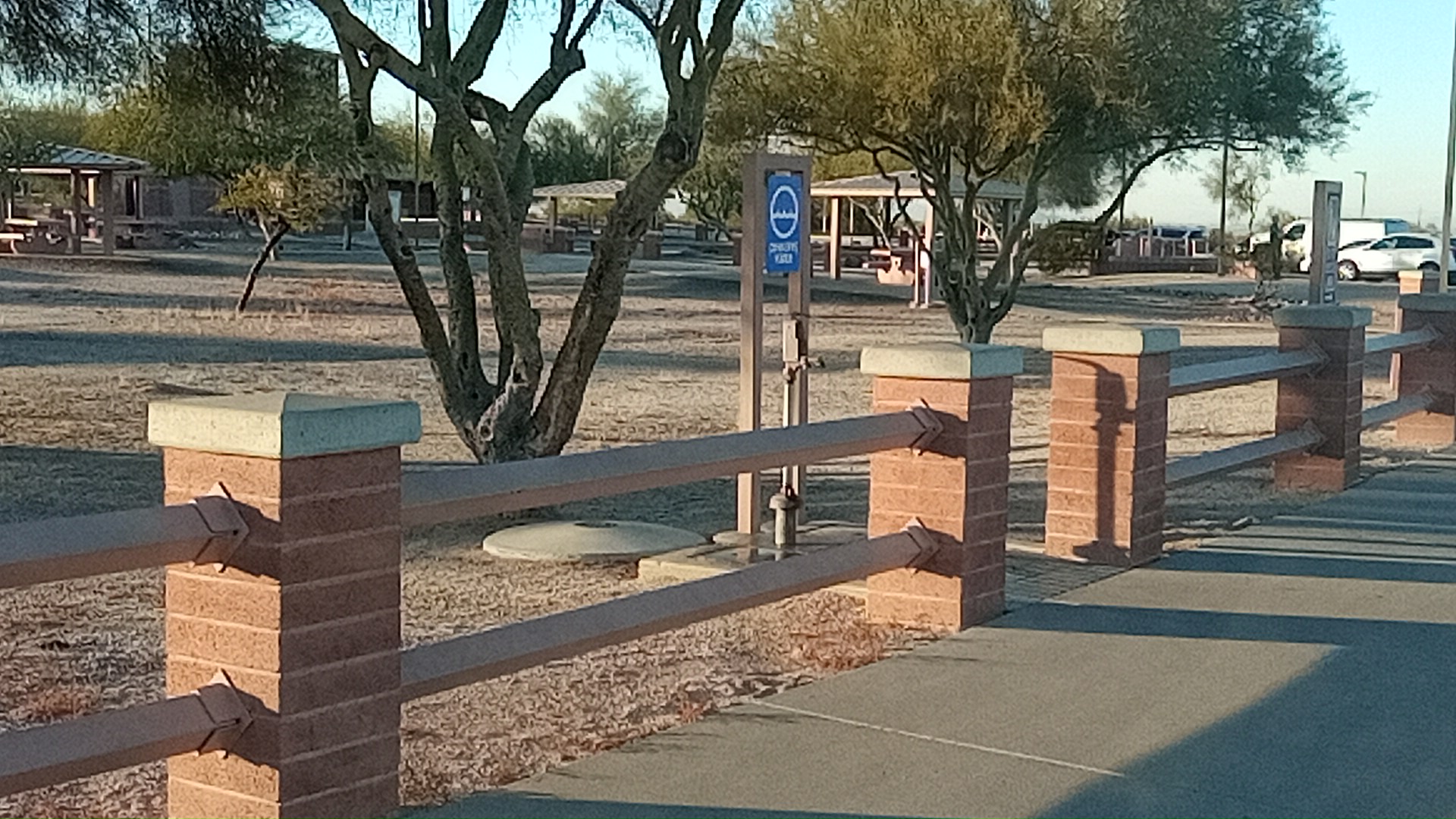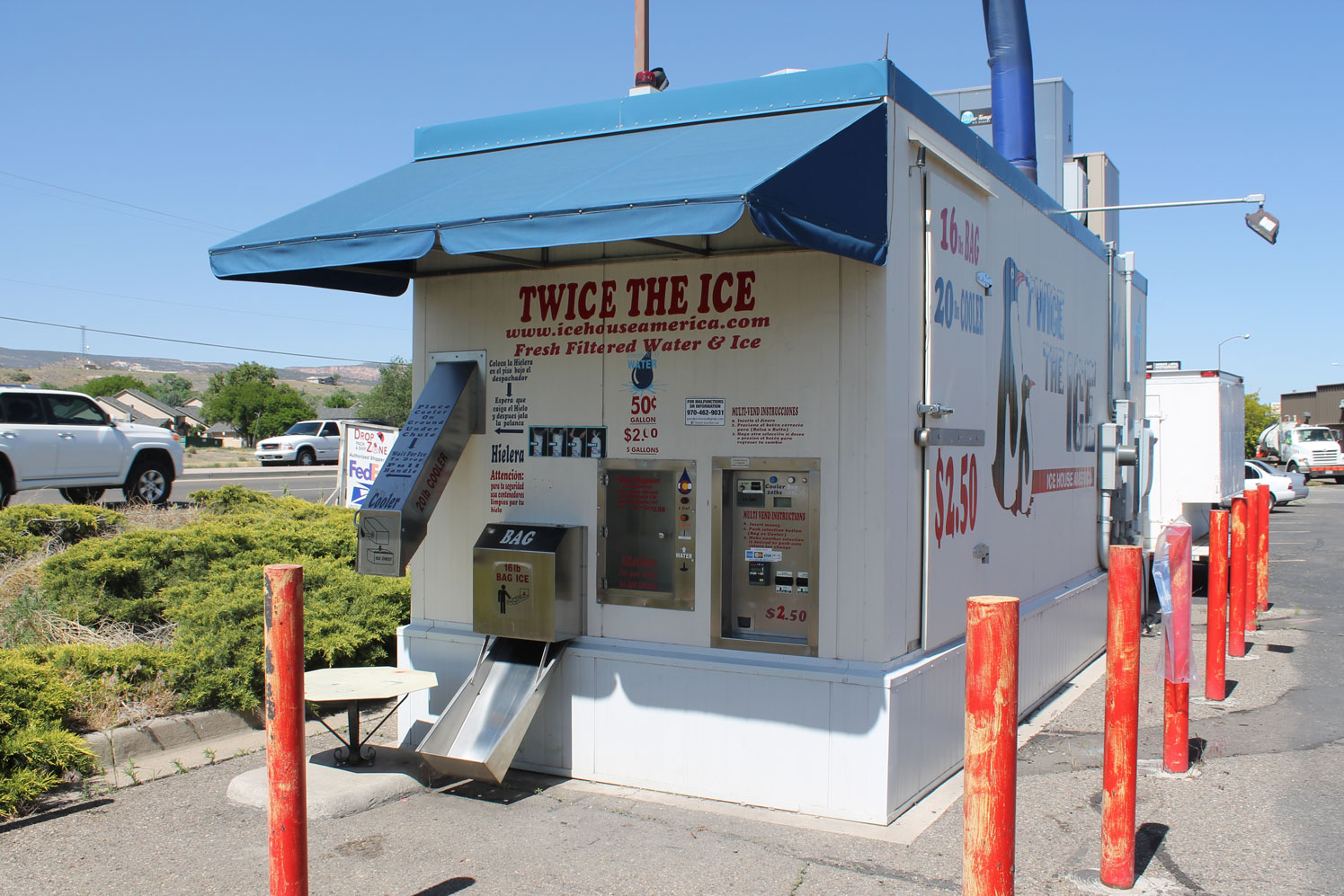Table of Contents
“There is no shortage of water in the desert but exactly the right amount, a perfect ratio of water to rock, water to sand, insuring that wide free open, generous spacing among plants and animals, homes and towns and cities, which makes the arid west so different from any other part of the nation. There is no lack of water here unless you try to establish a city where no city should be.” Edward Abbey
water for drinking
Sourcing and storing drinking water is a major limitation for vandwellers in general and boondockers in particular.
be ready to take on water
Be ready to take advantage of water availability, as it may be available only at a particular time or there may be others waiting their turn. For several reasons it is advantageous to get in and get out quickly.
- always be aware of potential water sources
- while filling your containers move from open container to open container with no wasted time opening/closing fill holes. While one container is filling do the opening/closing of other containers.
- having even a short potable water hose will let you fill your containers in place rather than lifting them. Pro tip: potable water hoses are often colored white or blue.
- carrying a longer hose (50ft or 100ft) can get you access to some sources without having to carry the water. Or you may use a folding dolly and a hard-sided water container.
- if you find or have a damaged hose, cut off a ~6ft length with the female end on it and carry it with you. It won't take up much space and can make filling from low or high spigots much easier.
- filling a large container is typically faster than filling several small ones of the same volume; less time slowing at the top, moving from container to container, and working lids.
sources
water spigots
 You may find it easy to ask for permission to collect some water from:
You may find it easy to ask for permission to collect some water from:
- friends/relatives houses
- some gas stations have water at the fuel pumps - ask for permission to use water from other locations
- rest areas
- public parks
- park visitor centers
- cemeteries
Be on the lookout for spigots, and watch for signs that the water may not be drinkable as-is. Some spigots may be impractical for direct filling of containers, due to being low to the ground or high off the ground (see pic at right for typical high spigot). See the Be Ready section above for workarounds. High spigots may operate at surprisingly-high pressures; you have been warned!
Sourcing water from RV dump stations is possible but requires care; the water itself is likely potable but dump stations are prone to sewage splashing and other misuse by uninformed RVers. This means the spigots are likely contaminated.
- Carry gloves to disconnect any connected hoses.
- Disinfect the spigot with bleachwater or similar
- fill (pressures can be very high)
- put things back the way you found them
Public sources of water will often be threaded to allow the connection of a potable water hose (like a garden hose but white in color) which can reduce manually carrying water back to the van. They can be found in the RV section of big box stores.
spigots without handles
Note that even after you get permission the clerk may not have a key for spigots with no handle. Handles are often removed to prevent tampering (like kids turning on the spigot and leaving it on all night). Being able to say “I have a key!” may help speed up getting that permission – the clerk doesn't have to do anything.
A silcock tool fits spigots that have square shanks. The tools typically fit four different common sizes.

Shanks with round/starred ends will fit either 12- or 16-point shanks. It may be easiest to carry one of each - they are $1 at hardware stores.
Note: carrying these tools may be an important survival tool.
spigots with threaded and unthreaded outlets
 Some spigots, such as the one pictured from an Arizona highway rest stop, have both threaded and unthreaded outlets. Water comes out the wide unthreaded outlet and getting it to come out the threaded outlet is not intuitive.
Some spigots, such as the one pictured from an Arizona highway rest stop, have both threaded and unthreaded outlets. Water comes out the wide unthreaded outlet and getting it to come out the threaded outlet is not intuitive.
The unthreaded outlet is wider because it is surrounded by a spring-loaded ring. Pull the ring down while the water is flowing and water is diverted to the threaded bib. When the water handle is released the ring pops back up into place.
non-spigot outlets

Sinks and other non-threaded outlets can be tedious to extract water from. A water bandit is a rubber device that slips over an outlet and offers a male hose fitting on the other end.
Small or collapsible jugs may be easier to maneuver under sink faucets.
commercial sources
 Water kiosks usually sell water for 20c-50c/gallon. The way the stations are set up may require the use of a bucket or other tall container to collect the vended water. Some search terms that may pay off:
Water kiosks usually sell water for 20c-50c/gallon. The way the stations are set up may require the use of a bucket or other tall container to collect the vended water. Some search terms that may pay off:
- water kiosk near me
- water vending near me
- ice vending near me1)
- water fill near me
bulk water
Sometimes bulk water is available for a flat fee. This is economical if one can take on a lot of water, but if you need only 2 gals it could be cheaper to buy them at the gallon price elsewhere.
- Some RV service stations will sell water, $5 is a common fee
- The famous RV Pit Stop in Quartzsite has long fill hoses and sells R/O water for 25c/gal, but you can fill your tank with filtered well water for a flat $2-$4 depending on the season.
- some small town water companies will have a public spigot priced (very cheaply) by the gallon or by flat rate.2) Example: Leadville, CO.
- towns with no plumbed water tend to have very cheap bulk water (like 20 gallons for 25 cents) but the hoses are very large and may not be useful for vandwellers.

campground day use areas
Some private and public campgrounds have a “day use” fee which is much lower than the overnight rate. It might be $5-$10 for day use and $40 for overnight. If the day use includes water and trash receptacles it might the same price as using a water vending machine. Fill your water, dump your trash, use the bathroom, and maybe have lunch ata picnic table.
natural sources
It may be easier to use this water for uses other than drinking; this will extend your drinking water supply.
In a pinch you can purify water in the field.
rainfall
Rainwater can be collected in clean containers unless near pollutants of some kind. Wind-driven debris is common in receptacles.
Indirect rainwater (suitable for non-potable uses) can be collected in large quantities off awnings and similar structures. Watch your van during rain to see where the water collects.
rivers and creeks
Water collected from open running sources should be assumed to be biogically suspect; see purification techniques or use it for non-potable uses.
Since water seeks lowest spots you might be able to see a source but not access it directly. A sierra cup or other receptacle can be strapped to a walking stick, bucket lowered on a rope, etc. Drill-powered pumps can help collect bucketfuls of water from shallow sources.
surface collection
Water collected in puddles or ponds is the most likely to be contaminated with pathogens or to have concentrated pollutants. Use as a last resort and combine purification techniques (above).
conservation
Managing the drinking water supply is paramount.
- be ever-vigilant looking for potable water, and top off the supply whenever practical
- to stretch your potable supply, use non-potable (or suspect) water for non-drinking purposes when possible
- do not waste drinking water. Avoid spillage or contamination. Act as if you are a character in Dune.

